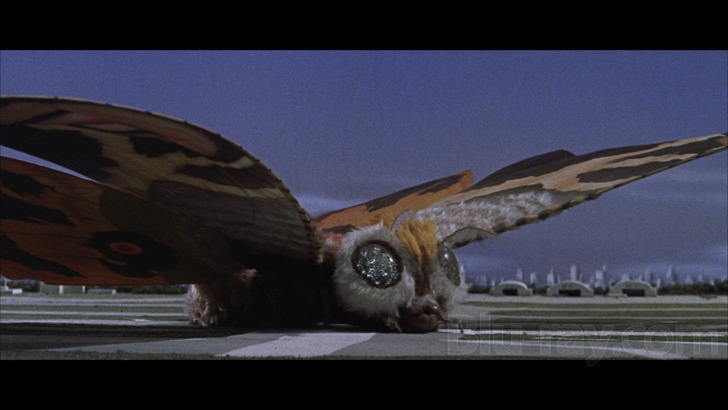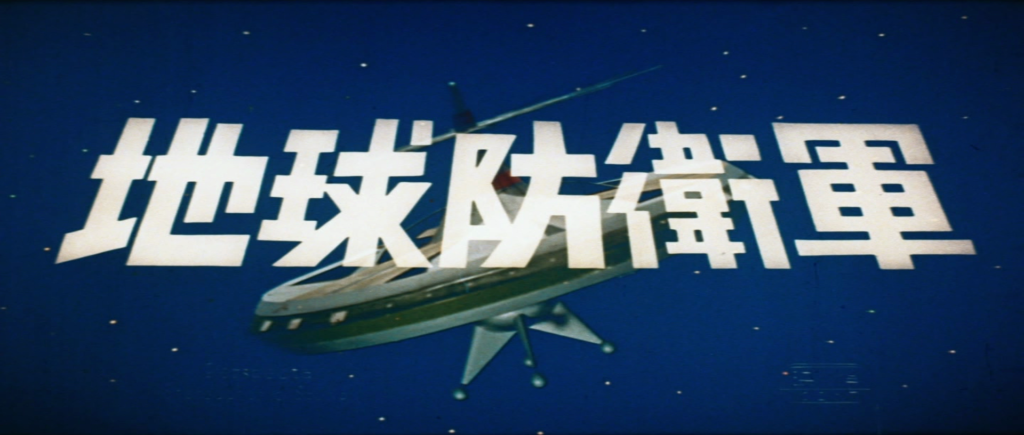“King Kong” (1933): The Behemoth that Birthed a Genre – Review

When one thinks of cinematic monsters, the colossal gorilla that is “King Kong” inevitably rises to the forefront. The 1933 film is not just a mere adventure story, but a pioneering piece of cinema that revolutionized visual effects and captured the imagination of audiences globally. It’s intriguing to note that “King Kong” isn’t a trilogy, but its monumental impact has spawned remakes, sequels, and adaptations throughout the decades, making its presence felt like an ongoing saga.
Plot Overview
The narrative of “King Kong” is iconic in its simplicity. An ambitious filmmaker, Carl Denham, embarks on an expedition to the mysterious Skull Island. Along with him are a crew, the leading lady Ann Darrow, and Jack Driscoll. However, the island conceals a colossal secret – Kong, a giant ape. What follows is a tale of awe, terror, beauty, and beast, culminating in the unforgettable climax atop the Empire State Building.
The Craft of Storytelling
“King Kong” delves deep into the primordial fears and fascinations of humanity. The very essence of a monstrous entity being confronted by modern civilization raises myriad questions. Is Kong the monster, or is it the hubristic human intent on capturing and commodifying the wild? The film subtly hints at these themes while delivering a gripping narrative.
Behind the Scenes and Production
“King Kong” stands as a testament to human ingenuity in the realm of film-making. The behind-the-scenes efforts are nothing short of miraculous for the time.
- Visual Effects: The creators, Merian C. Cooper and Ernest B. Schoedsack, collaborated with the genius Willis O’Brien, who brought Kong to life through stop-motion animation. This technique involved photographing miniature models frame-by-frame, creating the illusion of movement. It was labor-intensive and required immense precision.
- Miniatures and Sets: Skull Island and its myriad creatures, from the T-Rex to the pterodactyls, were realized using miniatures. These miniatures were painstakingly detailed and manipulated in frame-by-frame photography. Furthermore, the lush jungles, tribal settlements, and New York cityscapes required expansive sets. The Empire State Building climax, in particular, was a marvel of set design and visual effects integration.
- Sound Design: Kong’s mighty roar, a combination of lion’s and tiger’s roars played backward, became emblematic of the beast’s might and sorrow. The film’s use of layered natural sounds to create Kong’s voice was an innovative technique.
- Fay Wray’s Performance: Wray’s portrayal of Ann Darrow, especially her interactions with Kong, demanded much from the actress. In many scenes, she was reacting to a hand model or an off-screen cue, yet her performance evoked empathy for both her and the beast.
Kong’s Legacy
“King Kong” was not just a film; it was a cinematic event. Upon its release, it was met with acclaim and box-office success. Beyond its immediate impact, the film’s legacy has endured in manifold ways:
- Sequels and Remakes: While the 1933 classic remains unparalleled, its success led to a direct sequel the same year, “Son of Kong,” and numerous remakes and reboots in the decades since, most notably in 1976 and 2005.
- Influence on Filmmakers: Directors, including the likes of Peter Jackson and Steven Spielberg, have cited “King Kong” as an inspiration, testament to its enduring influence.
- Cultural Impact: Kong became an instant pop culture icon. The image of the giant ape atop the Empire State Building, clutching Ann Darrow and batting away planes, has been etched into the collective consciousness.
The Essence of Beauty and the Beast
At its heart, “King Kong” is a tragic love story. Amidst the spectacular action and groundbreaking effects, the emotion of Kong’s infatuation with Ann Darrow and his ultimate downfall in an alien world he doesn’t understand resonates deeply. It’s a tale that prompts viewers to reflect on the consequences of unchecked ambition, the perils of playing with nature, and the profound tragedy that can arise from misunderstanding and fear. In a world of advanced CGI and blockbuster franchises, the 1933 “King Kong” stands as a reminder of cinema’s power to evoke raw emotion, proving that sometimes, heart and innovation can coalesce to create true magic on screen.




